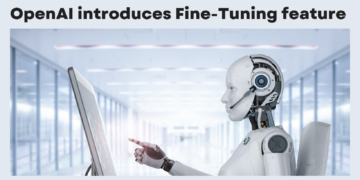Can GenAI realize its proposed potential? Experts say no. A recent Gartner report found that by the end of 2025, 30% of GenAI projects will be abandoned after the proof-of-concept stage. The reasons for this are poor data quality, insufficient risk management, escalating costs, and most importantly, an unclear path to tangible business value.
Quantifying Value
One of the primary hurdles in the widespread adoption of GenAI is the difficulty in measuring its impact on the bottom line. While many organizations are leveraging GenAI to streamline operations, enhance customer experiences, and even develop innovative business models, translating these qualitative improvements into concrete financial benefits remains a complex task. The report highlights that productivity gains, a common metric, often struggle to justify the hefty investment required for GenAI implementation.
High Costs, High Stakes of GenAI Projects
Deploying GenAI is no small feat. The costs can range from millions to tens of millions of dollars, depending on the scale and scope of the project. This substantial financial commitment demands a clear and compelling business case. Unfortunately, the unpredictability of GenAI outcomes makes it challenging to forecast costs and returns accurately.
![[Image Alt Text for SEO]](https://emt.gartnerweb.com/ngw/globalassets/en/newsroom/images/graphs/genai-business-value-press-release-graphic.png)
Early Adopters
Despite the challenges, early adopters across industries are reporting impressive results. Average revenue increases of 15.8%, cost savings of 15.2%, and productivity improvements of 22.6% are testament to the transformative power of GenAI. However, it’s essential to remember that these figures represent averages, and the actual impact can vary widely based on specific use cases and organizational contexts.
Measuring and Maximizing GenAI Value
To navigate the complex landscape of GenAI, organizations must develop a robust framework for measuring business value. This involves carefully identifying key performance indicators (KPIs) that align with strategic objectives. By tracking these metrics over time, businesses can gain insights into the ROI of their GenAI investments.
Moreover, a culture of experimentation and learning is crucial. GenAI is a rapidly evolving field, and successful organizations will be those that embrace a test-and-learn approach. By iteratively refining their GenAI strategies, businesses can increase their chances of achieving substantial returns.




























